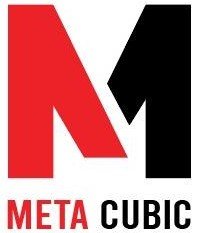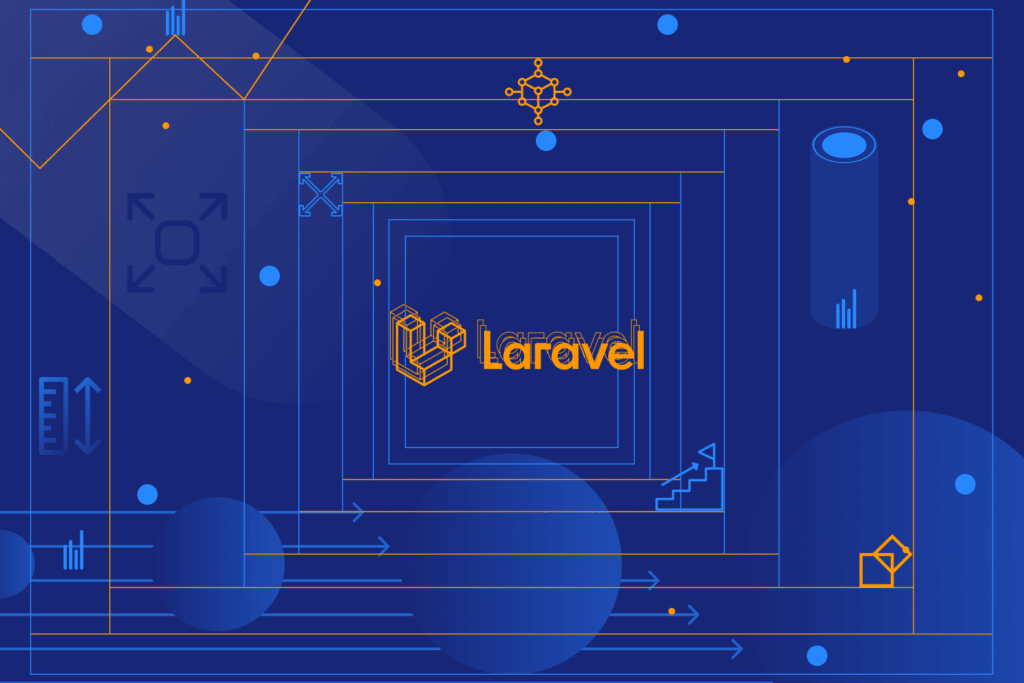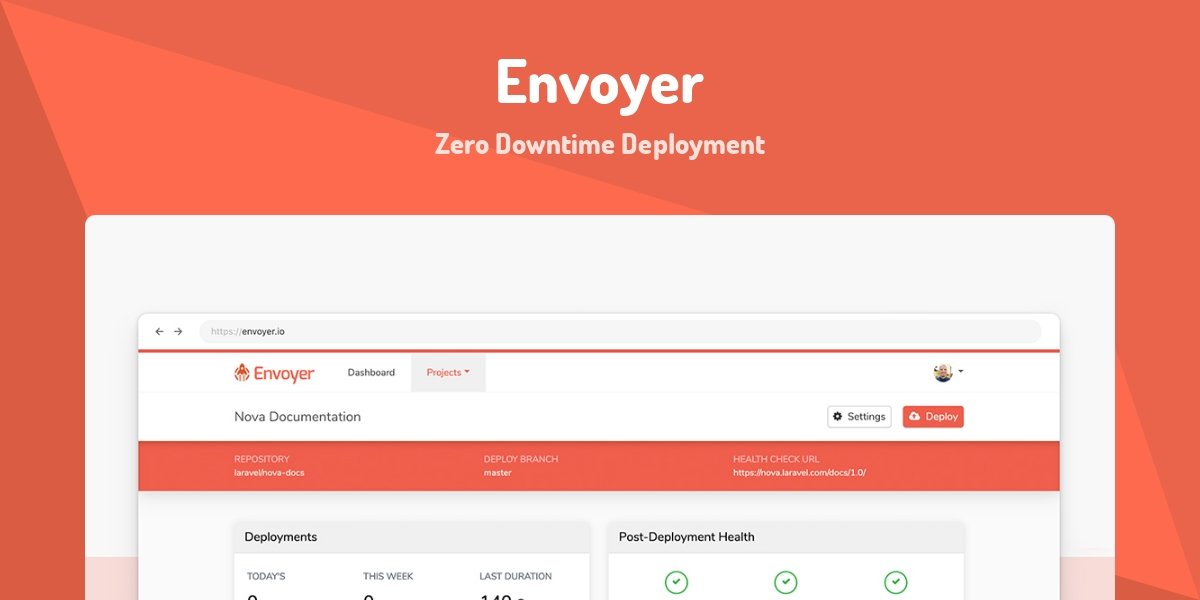Building Scalable Web Apps Laravel Best Practices
Building Scalable Web Apps Laravel Best Practices
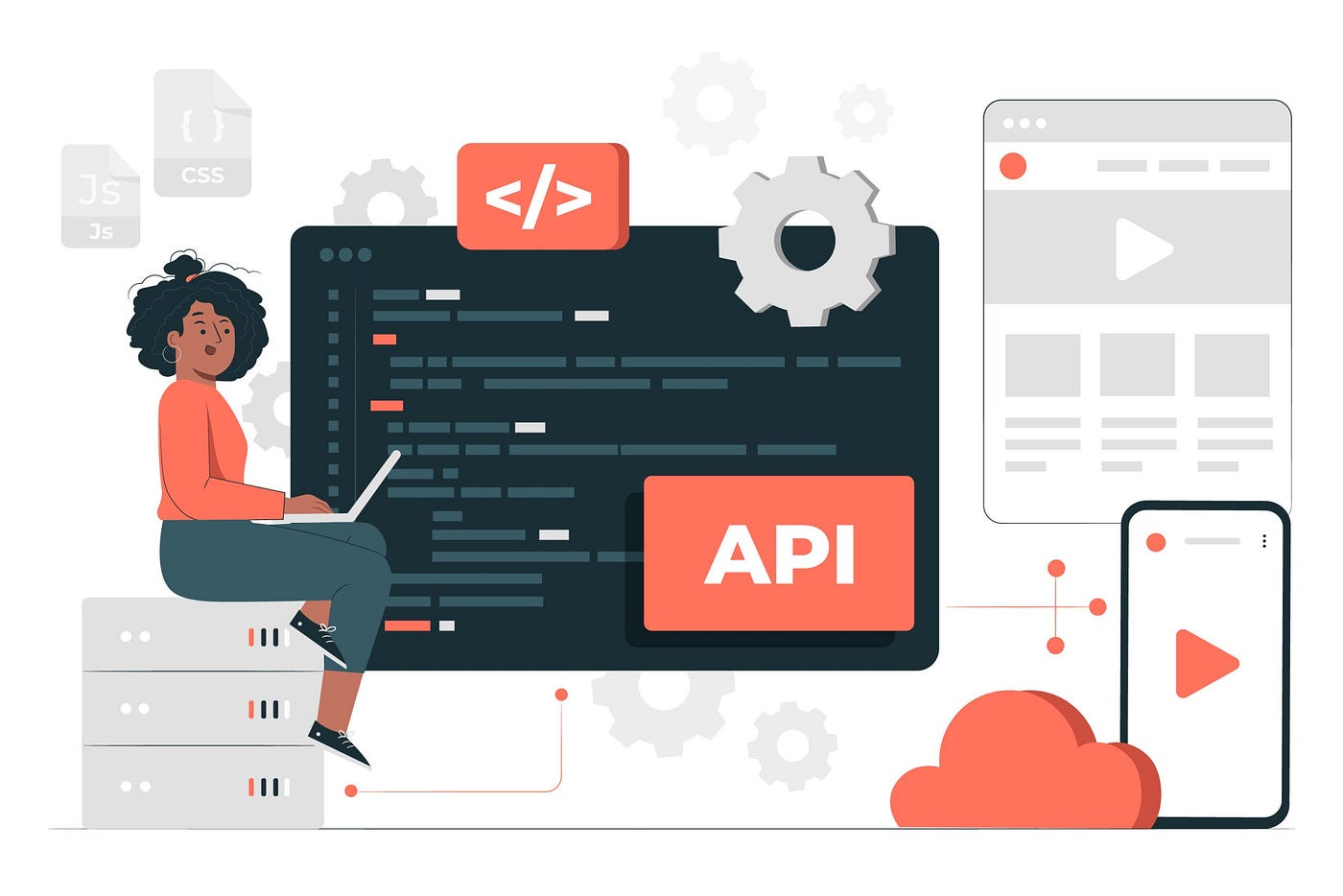
In today’s digital era, businesses are constantly striving to reach a wider audience and provide seamless user experiences. Building scalable web applications is essential to accommodate increasing user demands and traffic. Laravel, a popular PHP web framework, offers a comprehensive toolkit to develop robust and scalable web apps. This article delves into the best practices for building scalable web apps using Laravel, ensuring that your application can handle growth and deliver optimal performance.
Understanding Scalable Web Apps
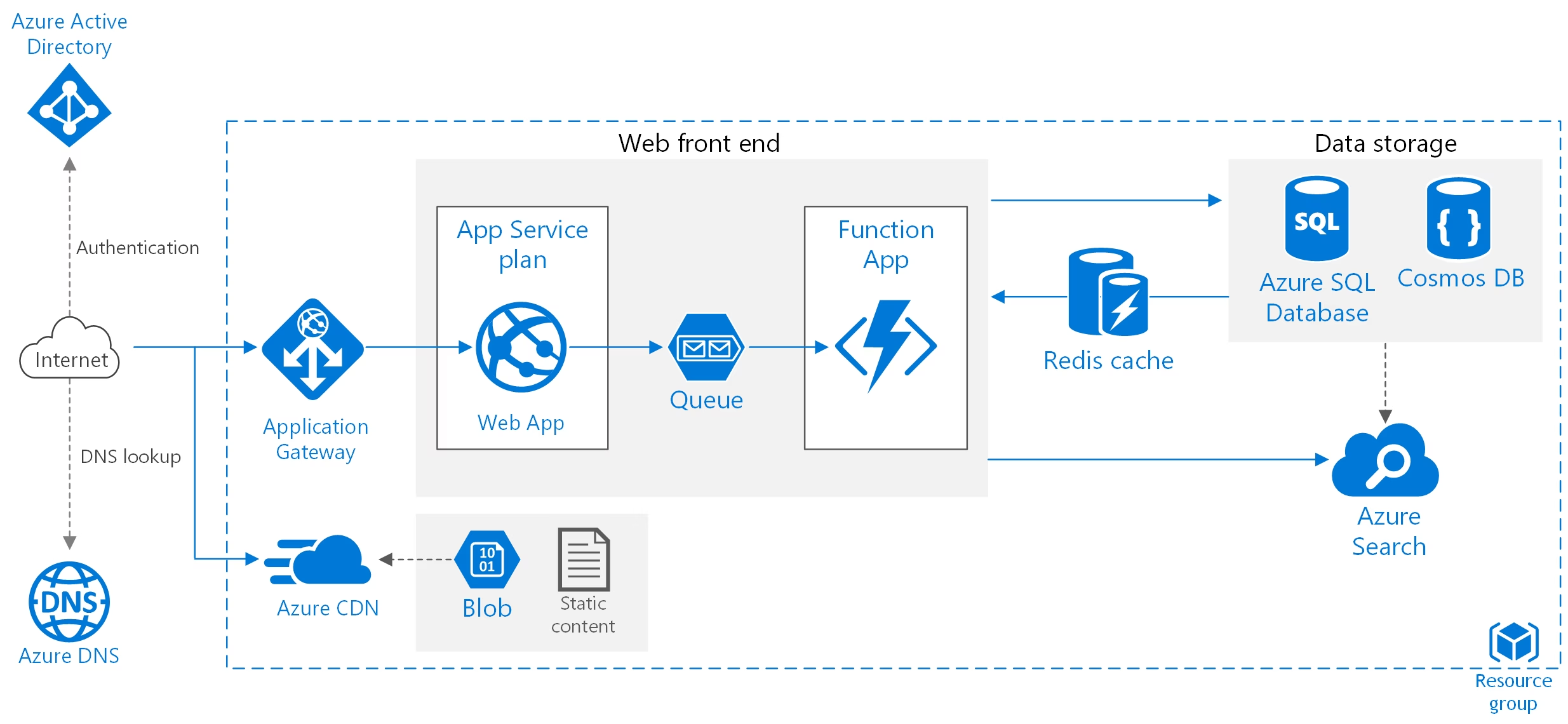
Scalable web apps are applications designed to handle an increasing number of users and accommodate growing demands without compromising performance. In other words, as the user base expands, the application should efficiently scale up its resources and maintain responsiveness. Scalability is crucial for the success of any online platform, as it directly impacts user satisfaction and business revenue.
Benefits of Scalable Web Apps
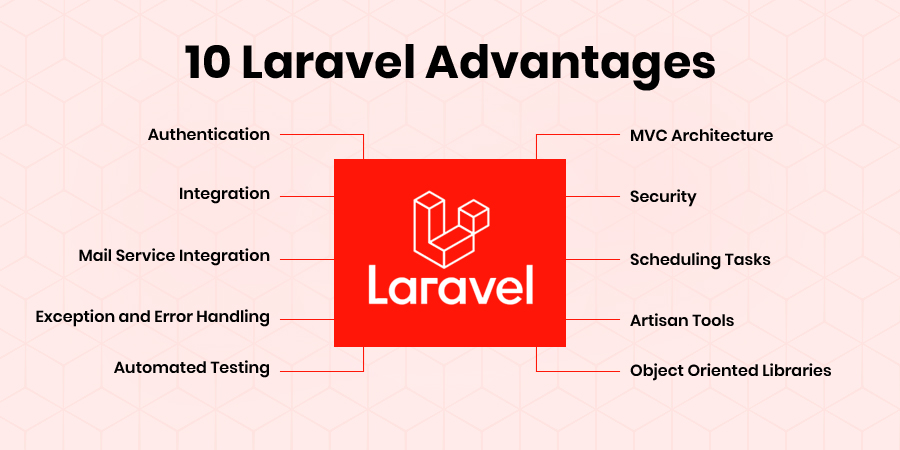
Building scalable web apps comes with several advantages. First and foremost, it ensures that your application remains accessible and responsive even during peak traffic times. This minimizes downtime and prevents potential revenue losses due to server crashes. Moreover, scalability allows businesses to cost-effectively adapt their infrastructure as the user base expands, optimizing resource utilization.
Laravel An Introduction
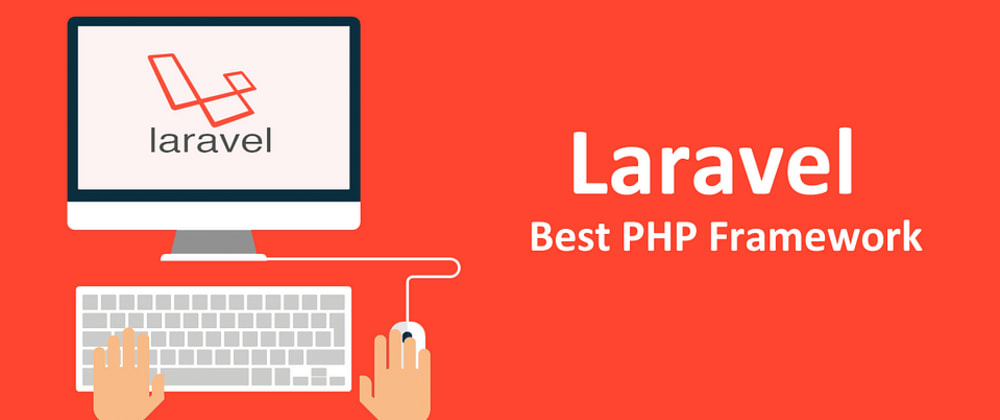
Laravel is a widely acclaimed open-source PHP web framework known for its elegant syntax and extensive feature set. It simplifies the web development process, making it more enjoyable for developers. Laravel offers a range of functionalities like routing, caching, and database abstraction, enabling developers to build robust and maintainable applications.
Best Practices for Building Scalable Web Apps with Laravel
Using Caching Mechanisms
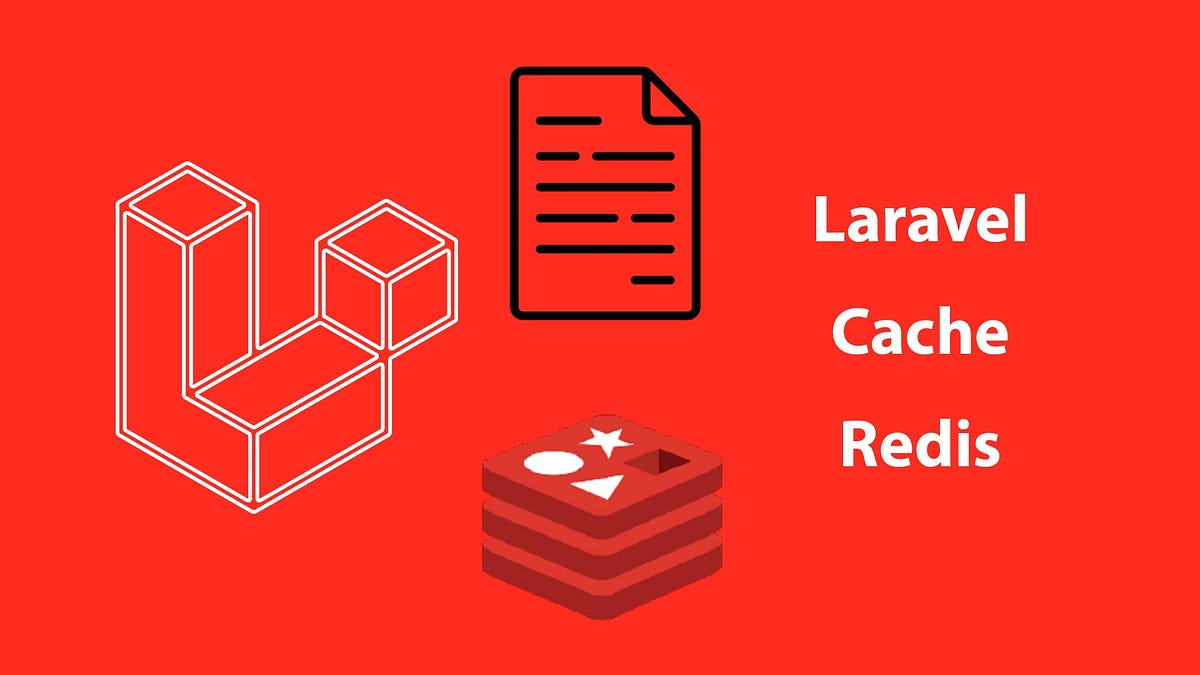
Caching plays a vital role in enhancing the performance of web applications. Laravel provides built-in support for various caching mechanisms, such as file caching, database caching, and Redis caching. By strategically caching frequently accessed data, you can reduce database queries and improve response times.
Employing Database Optimization
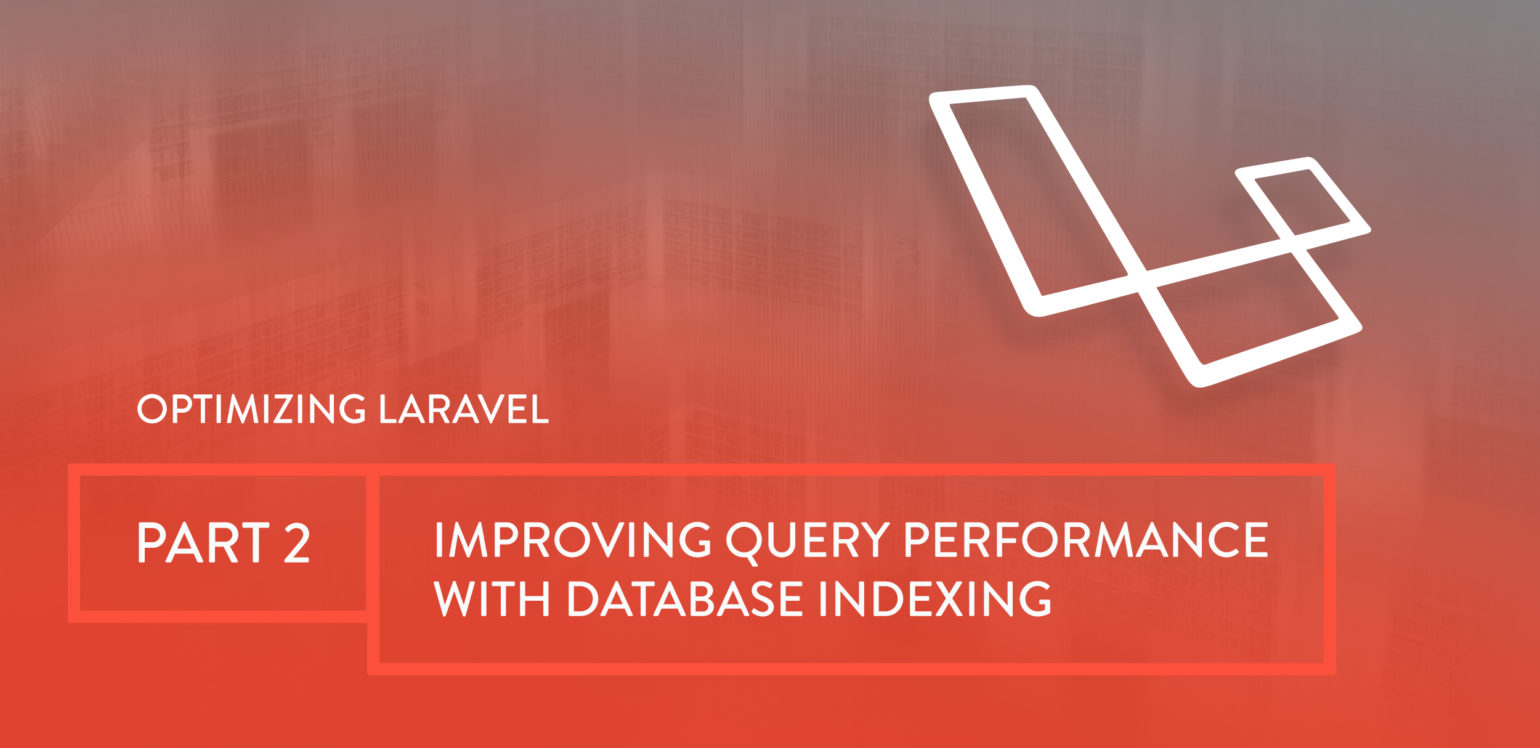
Database optimization is critical for scalability. Utilize Laravel’s Eloquent ORM to optimize database queries and ensure efficient data retrieval. Indexing commonly queried columns and avoiding the N+1 query problem are some of the techniques that can significantly improve database performance.
Implementing Load Balancing
Load balancing is a technique that distributes incoming network traffic across multiple servers. Laravel makes it easy to implement load balancing, enabling your application to handle a higher number of concurrent users. This not only improves response times but also ensures high availability.
Utilizing Asynchronous Tasks

Time-consuming tasks, such as sending emails or processing large datasets, can affect application responsiveness. Laravel’s built-in support for asynchronous task processing with tools like Queues and Jobs helps in offloading these tasks to background processes, keeping the application responsive.
Ensuring Code Modularity

Writing modular code is essential for long-term maintainability and scalability. Laravel’s elegant architecture encourages developers to break down the application into smaller, reusable modules, making it easier to scale specific components independently.
Managing User Sessions Efficiently
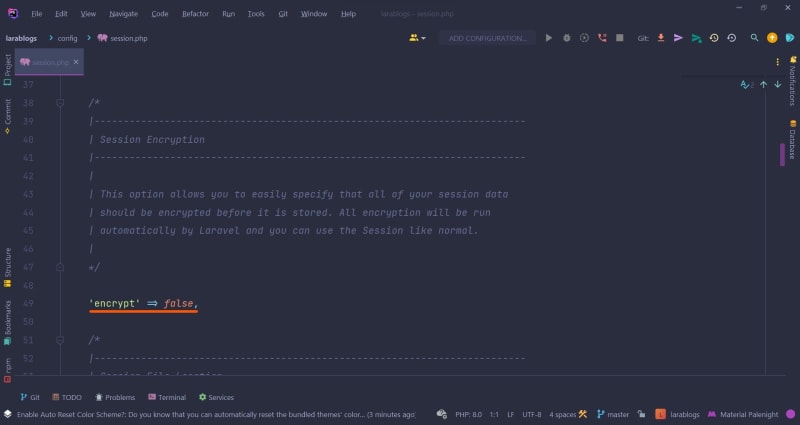
Efficient session management is crucial for scalable web apps. Laravel provides multiple session drivers, such as file, database, and Redis, allowing you to choose the most suitable option for your application. Utilizing lightweight session drivers reduces server overhead and enhances scalability.
Securing the Application

Security is a top priority when building scalable web apps. Laravel provides robust security features, including CSRF protection, encryption, and authentication mechanisms, helping safeguard your application from potential threats and vulnerabilities.
Scaling the Infrastructure
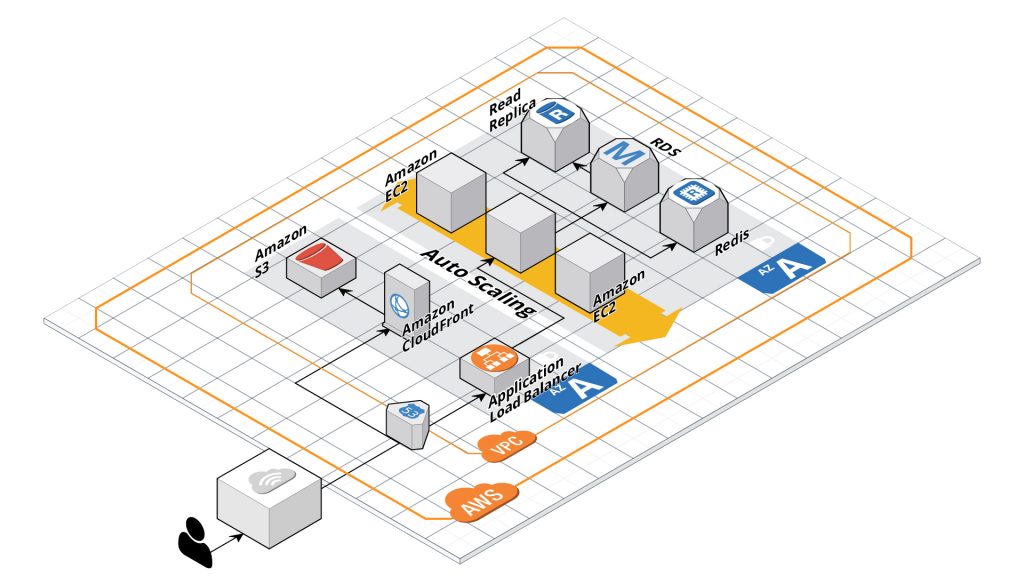
As the user base grows, scaling the infrastructure becomes essential. Laravel can be easily deployed on cloud platforms like AWS or Google Cloud, allowing you to dynamically allocate resources based on demand. Horizontal scaling, i.e., adding more servers, is often preferred for web apps experiencing substantial growth.
How Laravel Facilitates Scalability
Laravel’s architecture and built-in features contribute to the framework’s scalability. Its clean and expressive syntax ensures that developers can write maintainable and scalable code. Additionally, Laravel’s extensive community support and documentation offer valuable resources for scaling web apps effectively.
Real-world Examples of Scalable Web Apps Built with Laravel
E-commerce Platform
An e-commerce platform is a classic example of a scalable web application. As the number of products and users increases, the application must handle a higher volume of transactions and page requests. Laravel’s caching, database optimization, and load balancing capabilities make it an ideal choice for building scalable e-commerce platforms.
Social Media Application

Social media applications are known for their exponential user growth. As users create and share content, the application must efficiently handle concurrent interactions. Laravel’s asynchronous task processing and modular architecture enable seamless scaling of social media platforms.
On-demand Service Platform

On-demand service platforms, such as ride-hailing apps, experience bursts of user activity at different times of the day. To accommodate such bursts, these apps require scalable infrastructure and effective load balancing. Laravel’s support for horizontal scaling ensures uninterrupted service delivery during peak hours.
Challenges in Building Scalable Web Apps and How to Overcome Them
Identifying Bottlenecks

Identifying performance bottlenecks is crucial for scalability. Regular monitoring and profiling of the application can help pinpoint areas that require optimization. Laravel’s built-in profiling tools and monitoring libraries assist developers in identifying and resolving bottlenecks.
Vertical Scaling vs. Horizontal Scaling

Deciding between vertical and horizontal scaling can be challenging. Vertical scaling involves upgrading existing servers with more resources, while horizontal scaling includes adding more servers to distribute the load. Laravel’s compatibility with cloud platforms facilitates both types of scaling, providing flexibility based on your application’s needs.
Predicting Future Growth
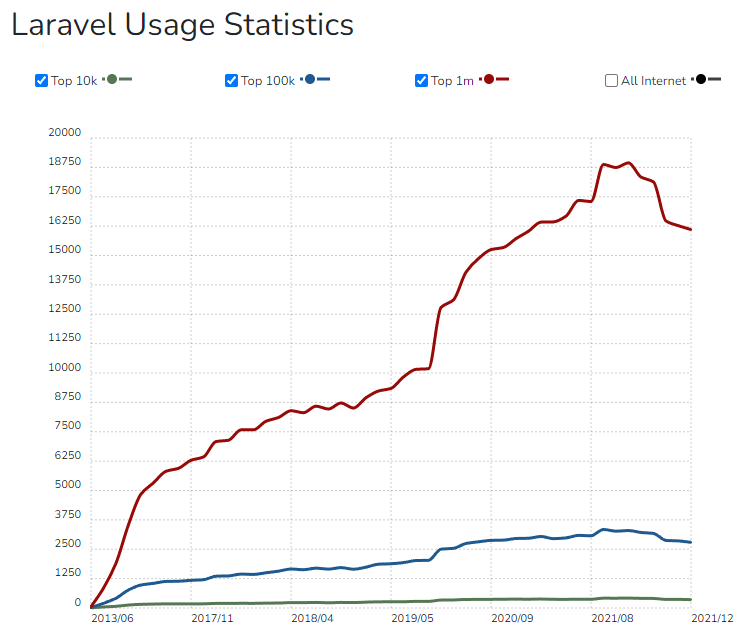
Predicting the future growth of your web app can be tricky. Laravel’s scalability features, such as load balancing and asynchronous processing, offer the flexibility to adapt to changing user demands. Additionally, monitoring historical usage data can help forecast future growth trends.
Ensuring High Availability
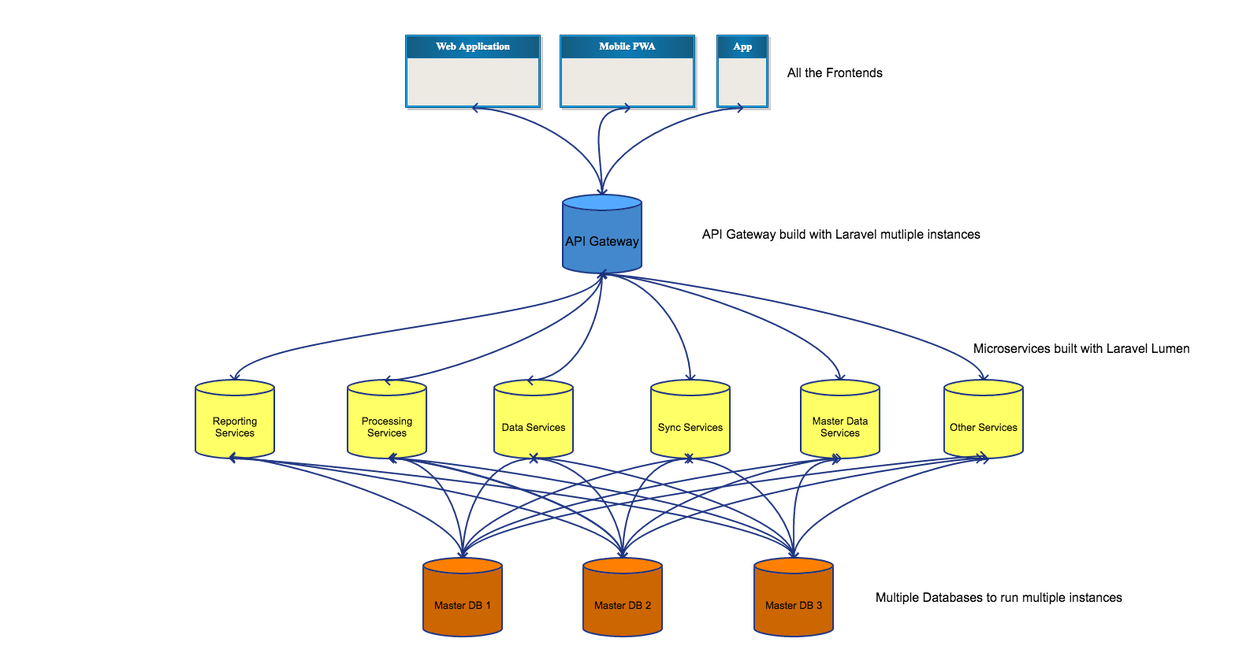
High availability is essential to prevent downtime and maintain a positive user experience. Laravel’s load balancing and redundancy options contribute to high availability by distributing traffic across multiple servers. Regular testing of failover mechanisms can further ensure seamless service during server outages.
Summary
In conclusion, building scalable web apps is crucial
